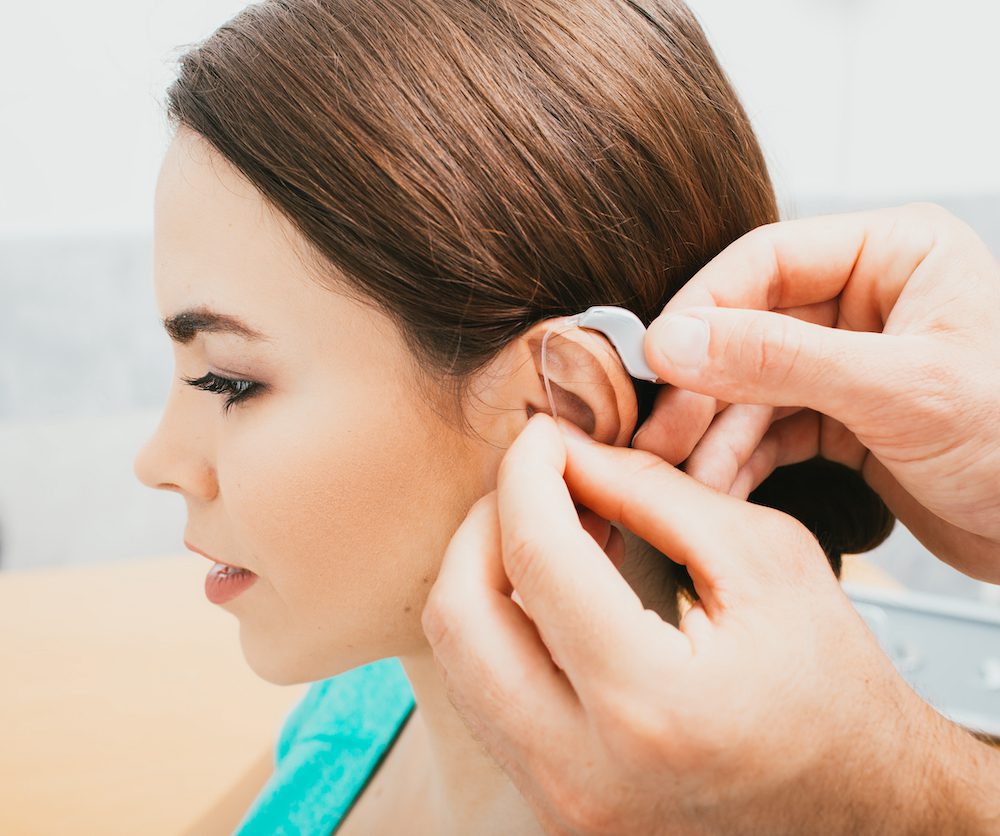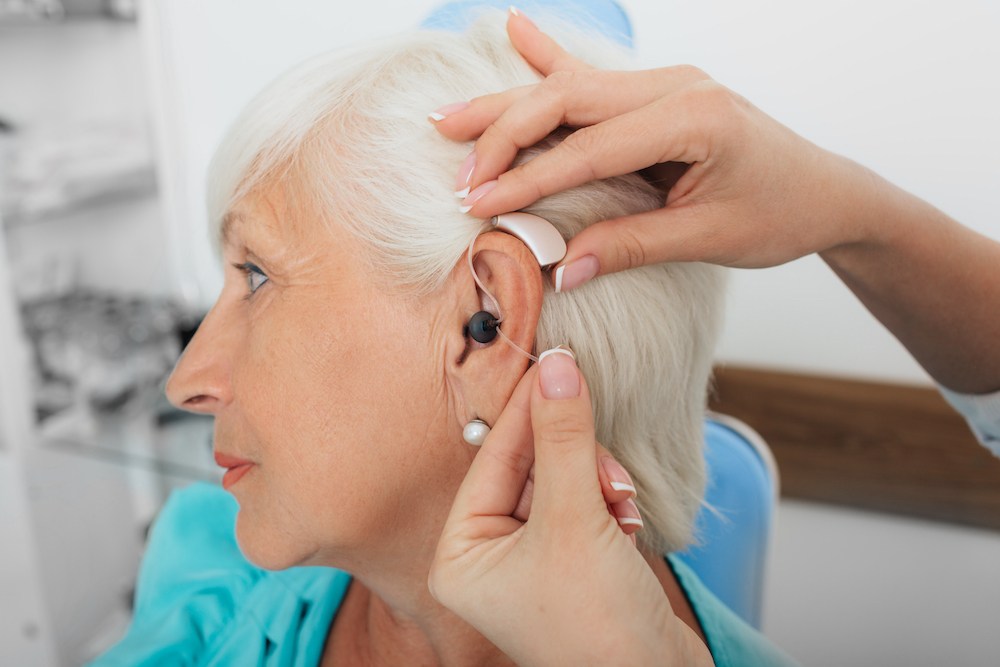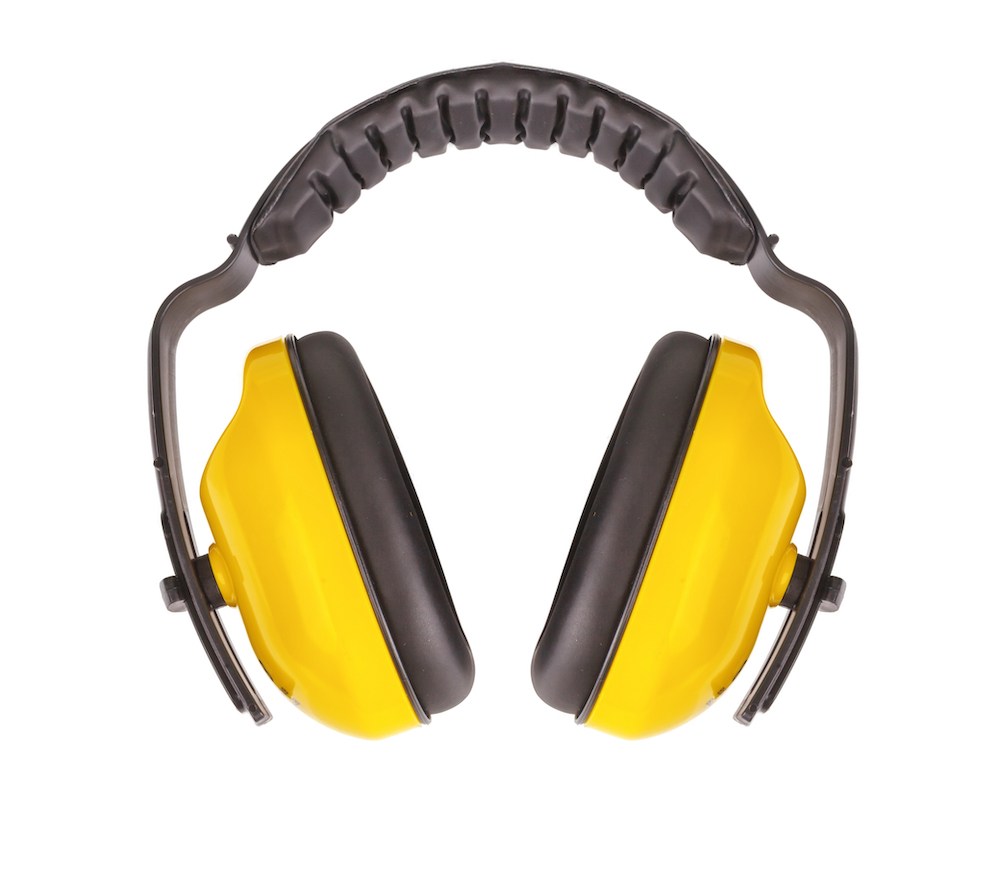Quick Solutions for Common Hearing Aid Problems
Wearing a hearing aid provides many benefits but there can be some minor


Wearing a hearing aid provides many benefits but there can be some minor

Hearing protection is essential for anyone who is exposed to loud noises,

When experiencing hearing loss, your hearing health professional may